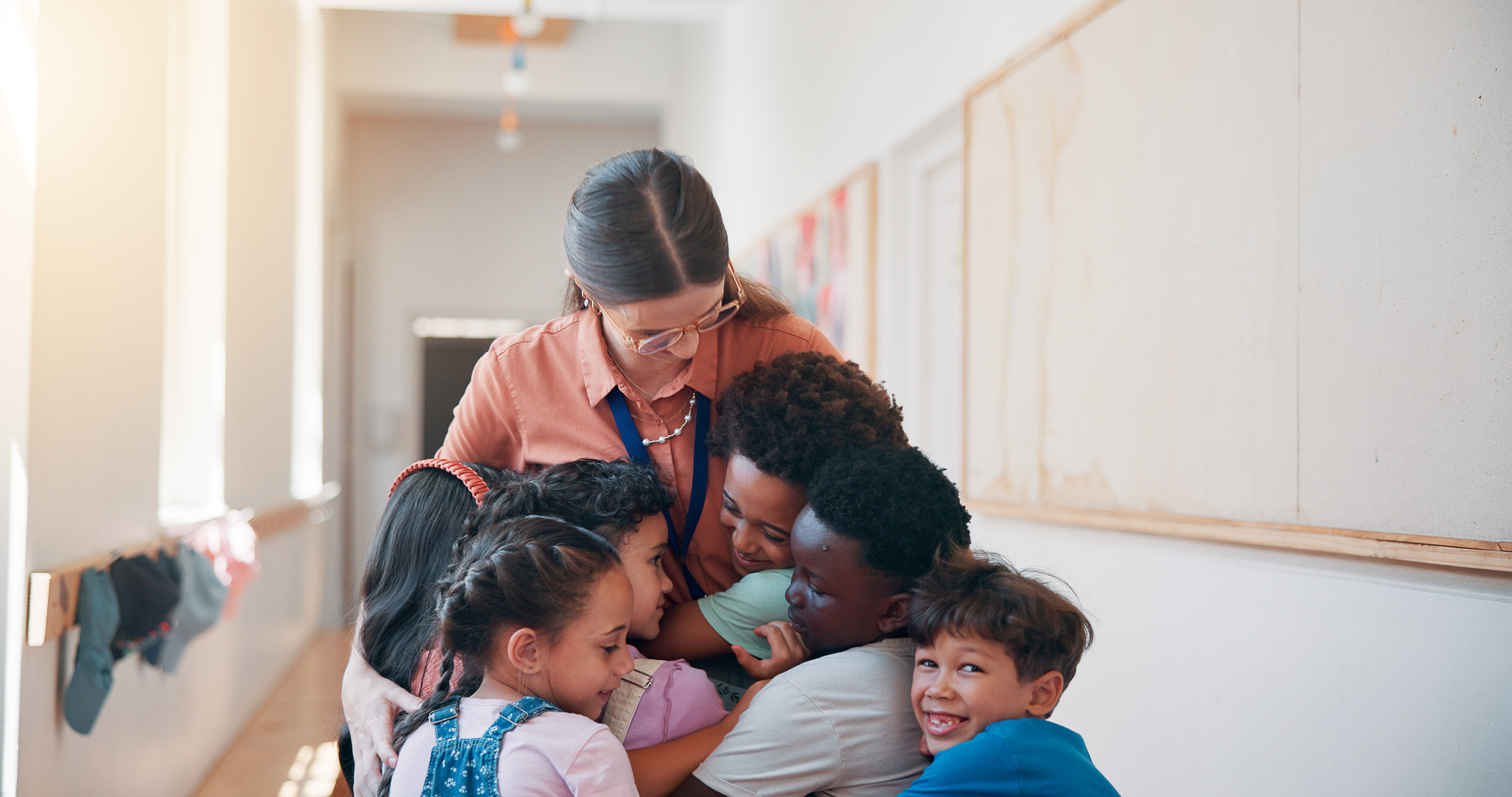In our last blog, we discussed including the parents in every part or phase of an emergency: Prevention/Mitigation, Preparedness, Response, and Recovery. In that blog, we discussed how and why we should encourage parents to become involved in the school safety program at all of these stages. Now, look at parents and the parts they play during an emergency. As school administrators and professionals, you will have your hands full during an emergency.
Over this past year or so, we have extensively discussed how crisis management is about managing all the problems you identify in rapid succession. We have also discussed the need to identify potential risks and tasks long before you encounter them during an emergency. All of this is a crucial part of your risk management plan. This holds true when considering the role parts play during an emergency. We already know that people want to know two things during an emergency: what is happening to them and what you want them to do. While it's true that we should consider what we want our parents to do before an emergency begins, it's essential to remember the concept of 'Left of Bang.'
As discussed in our previous blog, there are many aspects of the emergency processes that parents can and should utilize during all phases of an emergency. However, we also have to take into consideration that parents’ primary focus during an emergency will be on their children. With that in mind, look at precisely what you would want to do as a parent in an emergency. From a parent’s perspective, how would they get what they need during an emergency: information and instructions? Since this should be part of your communication plan, now is the time to put your plan into action.
Here are some of the things that you should consider when engaging your parents in the emergency process so they know what to expect:
Prevention/Mitigation: Since we discussed this previously, I would direct you to the last blog.
Preparedness: This is where we should spend time showing our parents what we want them to do and, maybe more importantly, what we don’t want them to do during an emergency.
- Tell them how they will get the best information about what is occurring: mass communication, the website, the district’s communications director, etc.
- What do you want them to do in the case of early or altered dismissal.
- In the case of an onsite reunification, what do they need to do?
- In the case of an off-site reunification, what do they need to do and bring to claim their child?
Response: If you have prepared your parents properly when there is an emergency, your parents will know exactly what to do and what they can expect. Preparing your parents for emergencies can also reduce your workload significantly. If you don’t prepare them properly, they will add to your workload significantly.
- Unless told otherwise, parents will naturally want to respond to the school if there is an emergency. This can be mitigated by giving them the information they need as soon as possible.
- Updating the parents often will also belay their anxiety and allow you to provide them with the “best” information.
- Explain to them what is happening and what you want them to do.
Recovery: While recovery should start as early as possible, including the prevention/mitigation and preparedness phases, giving parents the confidence that you are doing everything you can to keep their child safe goes a long way. This is so important that you should assign someone solely responsible for communicating with your parents.
Reunification: Reunification should be drilled and exercised several times until you can’t get it wrong, then multiple times a year. You should include as many parents as possible in these drills and exercises.
- During an emergency, you should announce that reunification will take as soon as possible. However, where that will happen should not be announced until you are ready to begin the reunification operation.
- Create a mechanism where parents can identify the need for counseling and other support services for their children and themselves.
- Also, create a mechanism where community members can report concerns regarding others who have been impacted by the incident and may need support.
- Predetermine what the policy will be regarding memorials, when schools will reopen, if at all.
- Seek the assistance of your local, state, and federal victim assistance services.












No Comments Yet
Let us know what you think